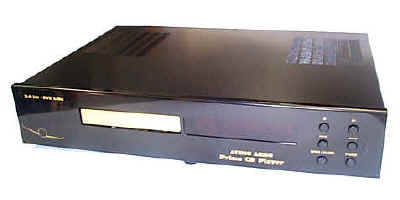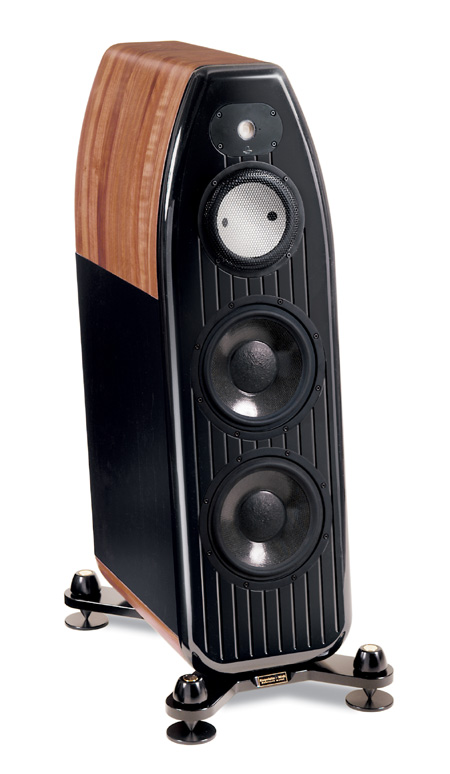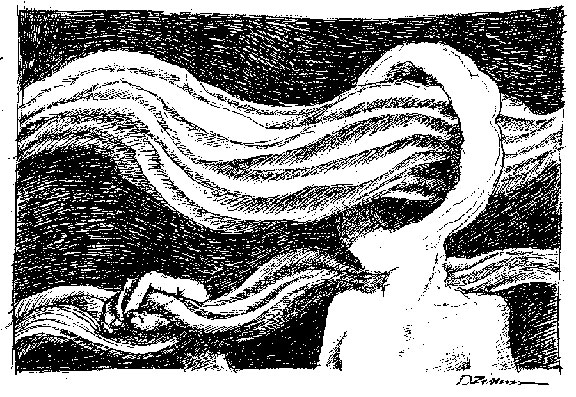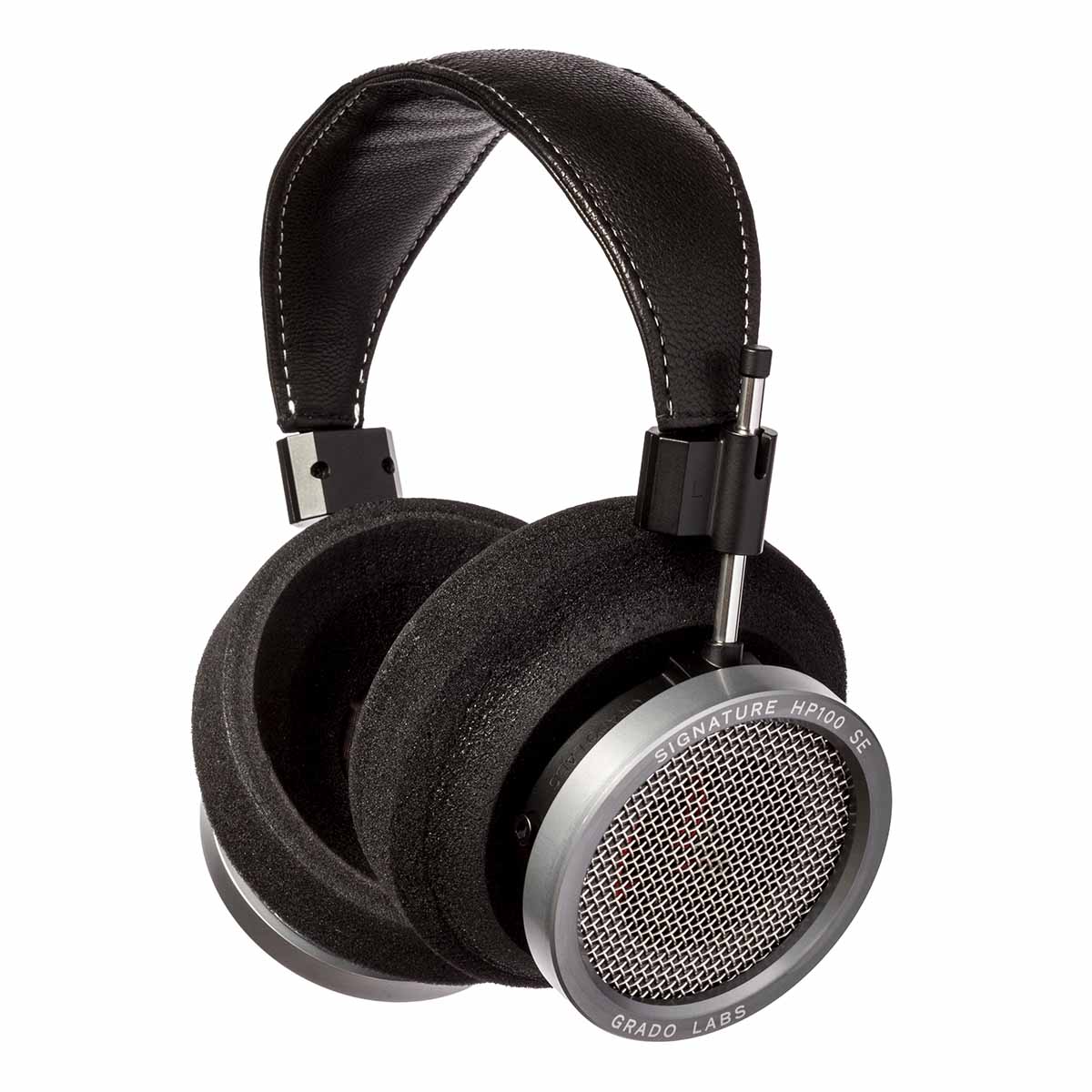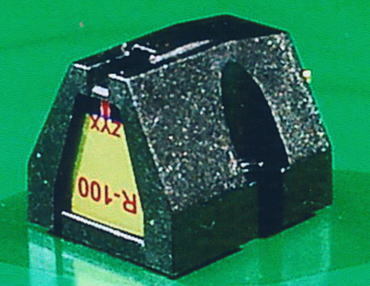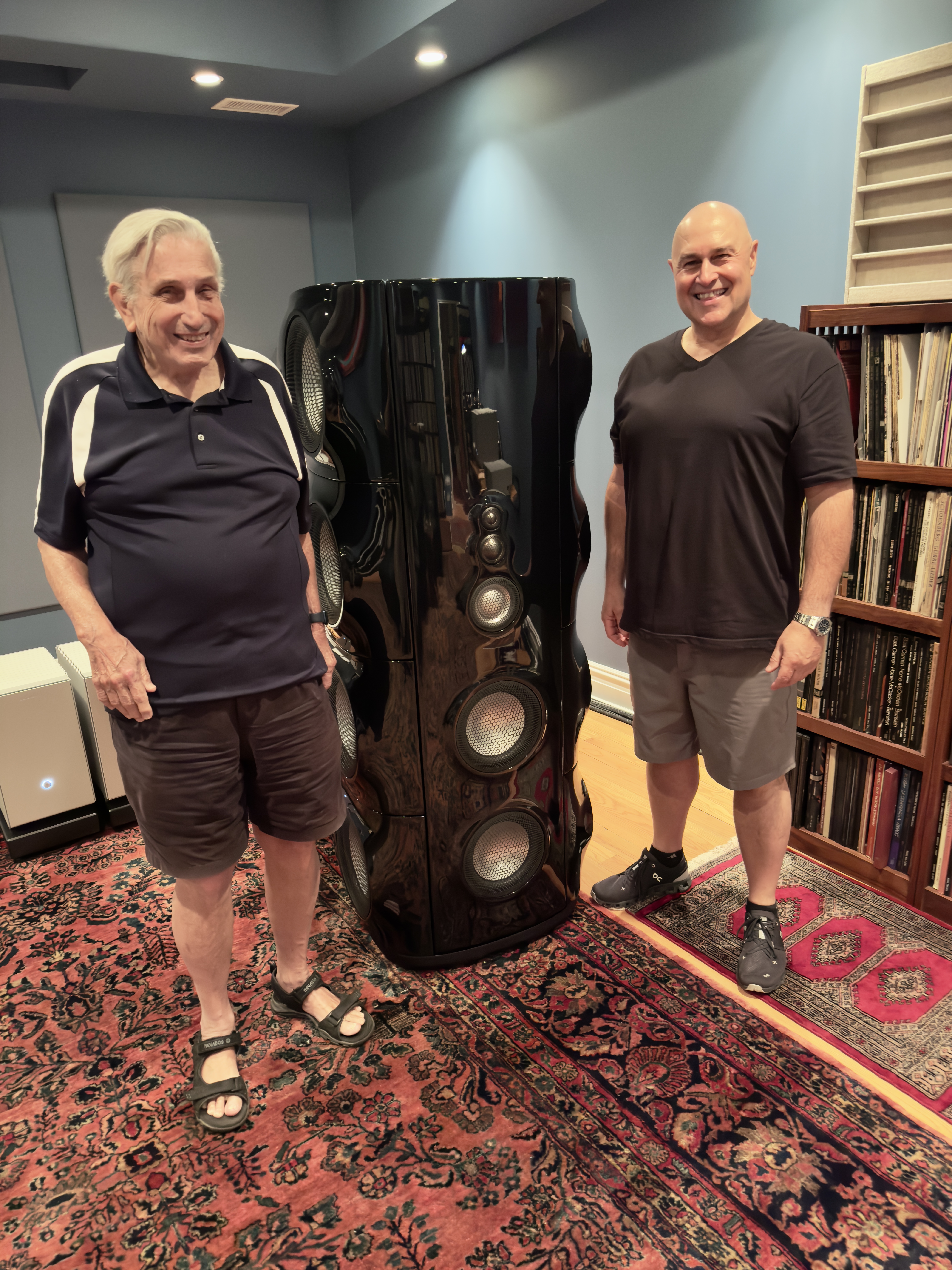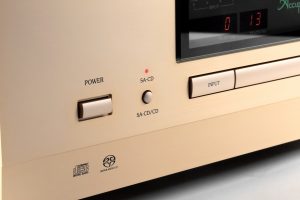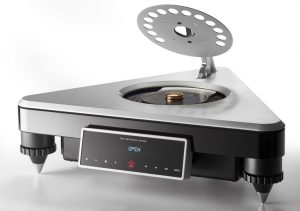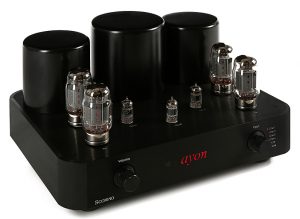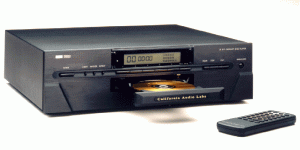This article, as reviewed by Carol Clark, Victor Chavira, and Larry Cox, originally ran when audioMusings was in print. Issue 11, 2000
I awaited the arrival of the Audio Aero Prima CD player with great anticipation. Like my five-year-old Audio Electronics CD1, the Prima is a highly modified Phillips unit with a variable tube output stage. However, that is where the similarities end. Whereas my CD1 looks and feels like a tweaky prototype, the Prima is a refined and polished product. It features a hefty toroidal power transformer, Bitcheck conversion, copper shielding, rubber isolation plates, and a 6922 output tube. A tiny analog volume knob is located in the upper left corner of the black faceplate. Audio Aero recommends using this method of attenuation over the digital volume control, as it introduces much less sonic degradation. The unit is well designed and impressively built. The gold-trimmed drawer opened and shut like the door on a well-made car.
With so many good sounding and affordable DACs on the market, why would anyone bother with a unit such as this? The answer is simplicity and tone. Many of you have undoubtedly have in your possession one or more of the follwing: CD transport, DAC, jitter reduction, upsampler, and preamp, and let's not forget the tangle of associated cables to join everything together. Several manufactures are currently producing variable output DACs. A few even make tube DACs. Nevertheless, the Prima is a logical choice for listeners like myself with only one music format. Simply connect the Prima to a good amp and enjoy.
Comparing the Prima to my Audio Electronics CD1 was not a contest. The Prima outplayed my reference in every respect. The Prima's most impressive quality was its power and control over the music. The CD1 tends to slow the pace and soften the beats. I use SCE's Harmonic Recovery System buffer to improve the interface between the CD1 and amplifier, like a much-needed shot of adrenaline. The Prima required no such help. Music flowed effortlessly, with proper timing and rhythmic integrity. With the digital attenuator set at full output, the tiny trim pot delivered houserocking levels of gain. The Prima excelled at that most difficult of duties, reproducing the female voice. I am not a fan of female voice. My CD player just isn't up to the task—what I know to be the most beautiful of all instruments sounds sizzly, gritty, and unrefined. No amount of triode magic at the output stage can compensate for an imperfectly converted signal. The Prima, on the other hand, rendered female voice with elegant beauty, tone, and grace. Buena Vista Social Club presents Omara Portuondo is the latest release from the old Cuban masters. Omara is the prima donna of Cuban song. Her mature voice is dark, sultry, and dare I say sexy. I was moved to tears hearing her sing live on tour with the Social Club. The Prima comes very close to capturing the warmth and emotional intensity of Omara's voice in concert.
The Prima's portrayal of sound space and harmonic detail was superior to that of my CD1. Chucho Valdes' new CD Live at the Village Vanguard is a energetic evening of piano pyrotechnics with a dash of Cuban son. I love the way Chucho drops musical quotes from Chopin and Debussy to Bill Evans into his playing. "My Funny Valentine" is particularly pleasing against the rhythm of danzon. The Audio Aero realistically rendered the club atmosphere, with good contrast between the audience in front and the musicians jamming on the stage. The Audio Aero does wonders with dimensionality. If you're accustomed to the two-dimensional sound of most CD players and DACs in this price range, do yourself a favor and listen to this player. The most compelling evidence is again with the human voice. Suddenly, a song emanates from a head that is in turn connected to a chest. Guitars sound fuller and woodier. Halls are filled with air that is excited as sound waves travel through them. The Prima achieves this level of dimensionality without sounding overly lush, romantic, or tubey. It skillfully balances the extension and detail of digital audio with the non-fatiging qualities of tube sound.
Unfortunately, the Prima is not 24/96, HDCD, or SACD compatible. This is not a problem for a listener like myself, whose CD collection consists almost entirely of traditional 16-bit discs. Is $1500 too much to pay for a CD player presently? Other products I have listened to in this price range include the Cal Audio CL-15 and the Linn Genki. Both of those variable-output CD players are strong in the areas of resolution and versatility, but can't match the Prima's tonal complexity. The thing that I liked best about the Prima was its impressive build quality. The tube in the Prima is not a tweaky afterthought, as is the case with my CD1, but part of a well-integrated system. I recommend the Audio Aero Prima for its musicality and for pride of ownership. Victor Chavira
Tubed and cool, beautiful, and a pleasure to listen to, the Audio Aero Prima is a one-box player at about the price ($1500) of many giant killers, like the Arcam Alpha 9 and the now-discontinued Parasound. Many people say that the MSB Link DAC with a cheap CD player will beat or compete with products up to $2000. The MSB competes, for sure, but both the Arcam and the Audio Aero are clearly better in my opinion. Initially, I was surprised that the MSB could even stay in the ring, but as more discs spun on the Arcam and the Prima, more knockout punches landed. The Prima is WAY more three-dimensional. Soundstaging was great, as good as my system has ever demonstrated. Instead of the usual triangularly-shaped soundstage, with the Prima the soundstage started becoming more square. Images were easily and distinctly located in the rear corners of the soundstage, and they retained distinct positions with virtually no wandering. Space around images and instruments was way better rendered than with the MSB, and a bit better than with the Alpha 9.
Given the Prima's analog volume control, with just an amplifier, a pair of speakers, and the Prima, you'd be set. Not only would you save the cost of a preamp, but an additional set of wires, and you'd still have remote volume control. This could work for me except, well, I still prefer analog. However, the Prima is a beautiful player and I really liked its sound, so I'd still say it could work for me, but I'd keep my preamp.
The Prima's top end was sweet, and never fatiguing. I'd say the Alpha 9 was a bit more "accurate" and a bit more clear. However, anyone who preferred the Prima wouldn't hear objections from me. The bottom end of the Prima was a joy, full and round, though again a little less clearly-rendered than the Alpha's. The Alpha's bass is also a bit deeper. For most purposes, though, the differences I've noted didn't leave the two players very far apart. The Alpha 9 showed its pedigree in loud crescendos, where it did not break up in places that the Prima did. The Prima, in virtually all other instances, was the equal of the Alpha. The Prima is gorgeous to look at, and that may nudge it slightly ahead of the competition.
The Audio Aero may be harder to find, which is a shame. Life is more than ones and zeros, and the Prima not only sounds great but looks marvelous, too. Larry Cox
I have had this funny dream lately. In the dream, I am a wrestler in the World Wrestling Federation, and I am standing backstage waiting for my song to start. The song is called "Attitude," by a band called Hardknox. At a critical moment in the song, fireworks explode down a line from the ceiling to the stage entrance, and when they subside I make my appearance. All the way to the ring I continue to listen to the music, which sounds far away. I am prancing around inside the ring now, jumping up onto the ropes in the corner, exhorting the crowd, and that's when I realize what the problem is—the music still sounds like it's traveling down a long tunnel, as it did backstage, although it should sound loud and full. (Dave will attest to the fact that I have been watching an awful lot of the WWF on television lately. After reading this, he will probably arrange for an intervention.) My dream serves to illustrate my gripe with the Audio Aero Prima CD player.
The unit is gorgeous to look at. Its sound is full—highs where they should be and lows suitably low—but the problem was, the music sounded like it was coming down a long tunnel to get to me. If you have read my other reviews, you will be aware of the fact that I like an "in your face" kind of sound. I did not listen to the Hardknox song on this player. I stuck with my usual test pieces, notably Massive Attack's "Inertia Creeps." In my normal setup, this song undulates out of the speakers, and comes right up to my face. With the Audio Aero, the song not only sounded far away, it also sounded compressed, like it was stuffed inside of a little box. This may not be a problem for some listeners, but it wasn't my cup of tea. Carol Clark
Audio Aero Prima CD player
Retail: $1500




